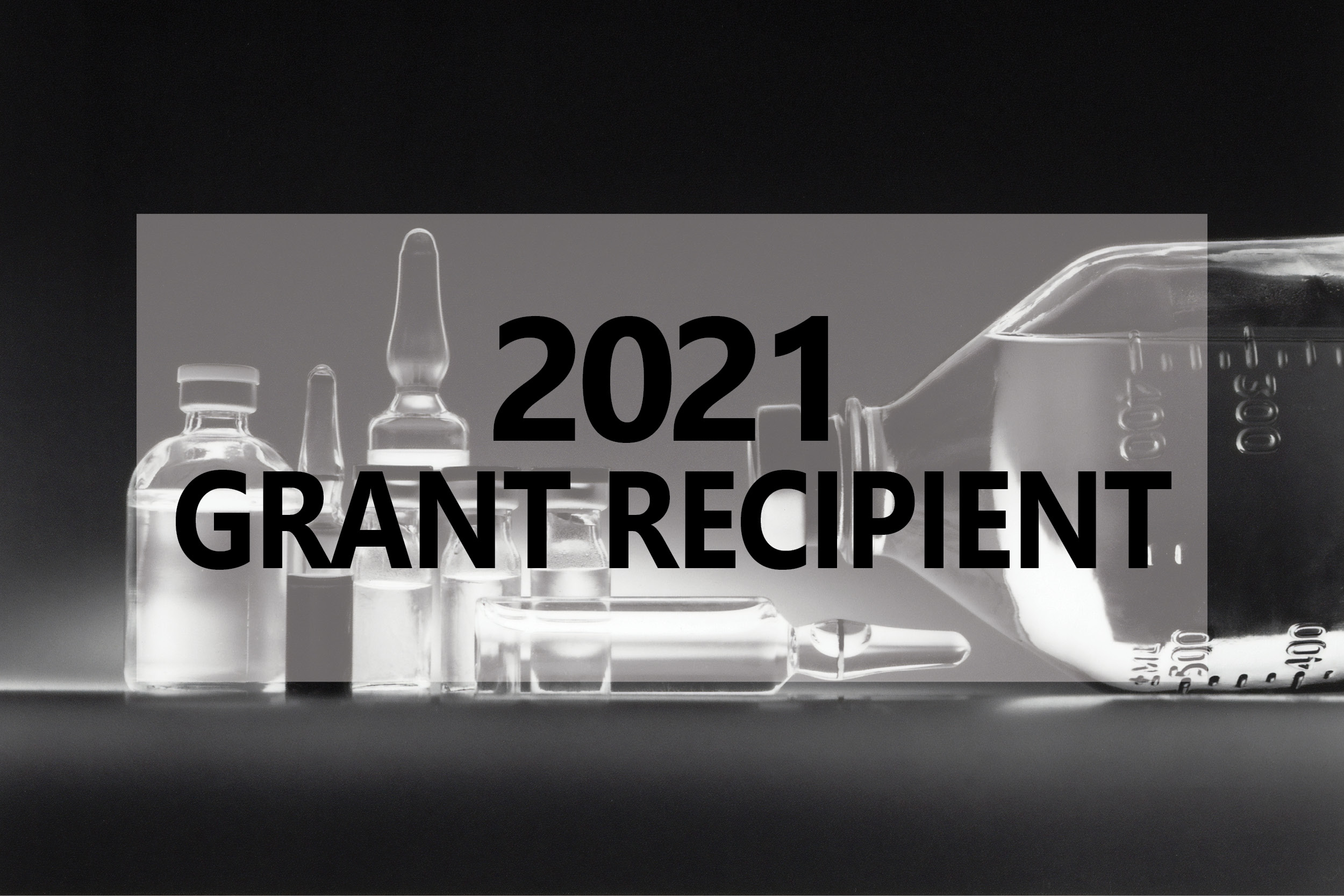
Dr Anica Klockars
Abstract
The search for the culprit underlying autism spectrum disorder (ASD), a condition affecting 1:100 New Zealanders, characterised by impaired social interaction, speech delay, repetitive behaviours and disordered eating behaviour, has identified more than 200 candidate neuronal genes with 102 showing a strong association (e.g., shank3, cntnap2, oxytocin). Importantly, no single causative gene has been identified. Indeed, deletion of each of these neuronal genes in animal models has produced some ASD characteristics, and human fMRI and post mortem ASD brain data show larger-scale connectivity abnormalities, suggesting that the aetiology of ASD lies at a higher level of brain circuitry organisation, possibly arising from improper interaction between multiple brain cells. Importantly, aside from neurons, glial cells are crucial for correct brain functioning: they support proper neuronal signalling, they are the matrix for pathway development and neuronal protection, but they have thus far been largely neglected in search for the common denominator for the vast causes underlying ASD. Indeed, our literature search indicates that many of the ASD-linked genetic variants and mutations are correlated with improper glial development and/or functioning. Therefore, by thoroughly characterising neuromolecular and neurohistological changes in an animal model of ASD, this project will determine whether neurocircuitry abnormalities and their behavioural consequences arise from common changes in glial content.
Media Summary
Research focused on nerve cells (neurons) has identified hundreds of causes for autism – from genetic abnormalities to drug-induced brain structure changes, but it has not explained how such diverse changes can all lead to a very similar set of symptoms. This makes us suspect that there is a higher-level disruption of brain circuitry, likely caused by abnormal development of not just neurons, but also of the cells that support and protect neurons, ie, glial cells. This project will investigate how glial cell dysfunction contributes to the abnormal brain functioning in autism, thereby broadening our outlook on the aetiology and new treatments.
Outcome Statement
This research will map out the neurohistological changes in the autistic brain and provide a basis for further research into a potential treatment for autism.
Would you like to support the work of the Foundation?
Contact us for more information, or simply make a donation.


